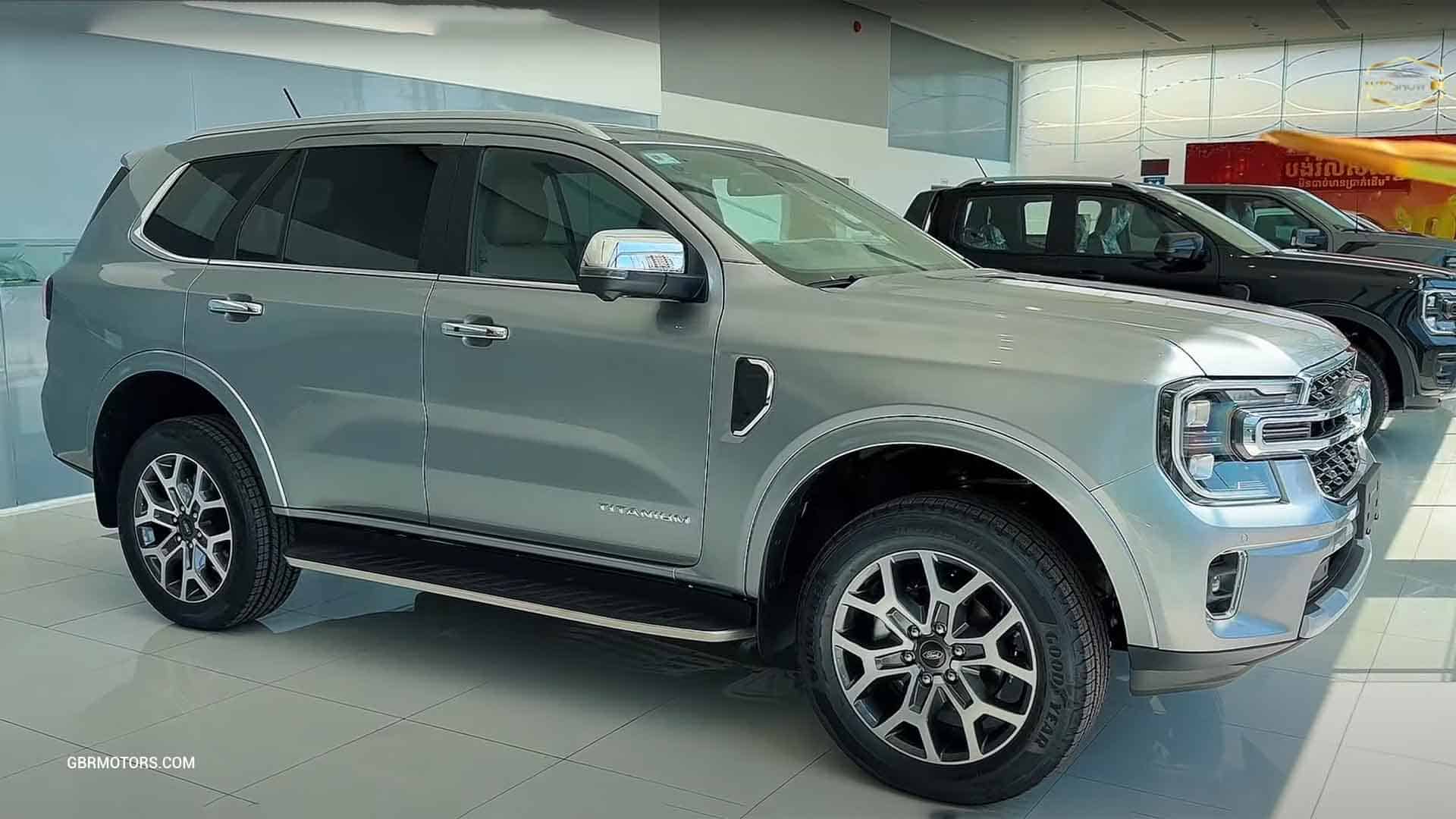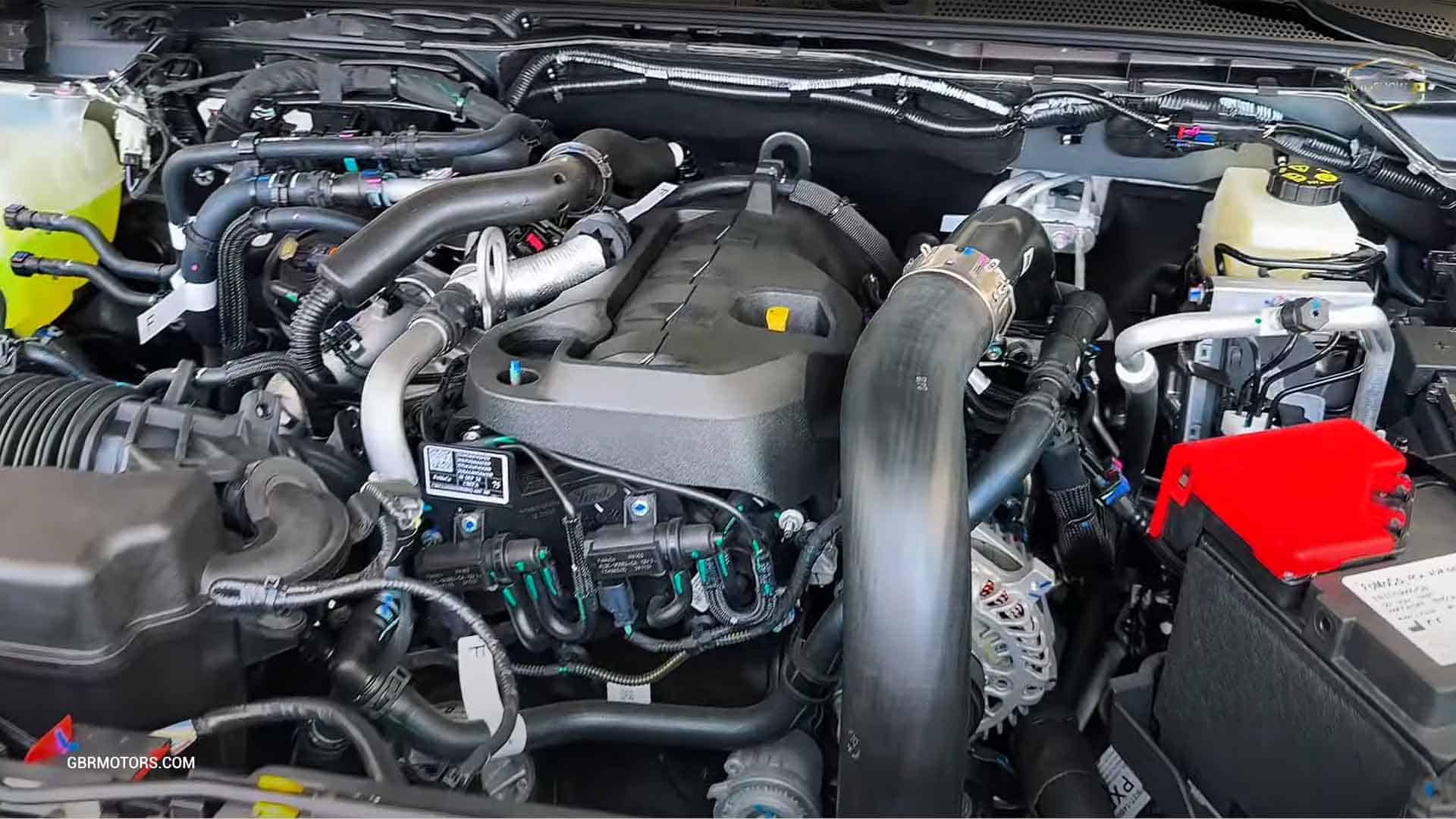
Newsletter Subscribe
Enter your email address below and subscribe to our newsletter

Enter your email address below and subscribe to our newsletter
Ford postpones its Ford India Return decision to late summer 2025. Explore the reasons behind the delay, Chennai’s global manufacturing role, and India’s EV market trends. Latest updates here.

From Optimism to Uncertainty: Decoding Ford’s Strategic Reassessment in India
Ford Motor Company’s journey in India has been a rollercoaster. After exiting the market in 2021 due to mounting losses and stiff competition,
the American automaker sparked hope in 2023 by submitting a Letter of Intent (LoI) to the Tamil Nadu government, signalling plans to revive its India operations.
However, recent reports reveal a strategic pause, with Ford delaying its final decision until late summer 2025. Let’s unpack the reasons, implications, and future possibilities.
Ford’s exit from India two years ago shocked the automotive world. Despite 25 years of operations, the company struggled to compete with dominant players like Maruti Suzuki, Hyundai, and Tata Motors, which control over 75% of the market.
High production costs, low economies of scale, and shifting consumer preferences toward affordable compact cars led Ford to cut losses exceeding $2 billion.
In late 2023, Ford signalled a potential U-turn by submitting a LoI to Tamil Nadu, a state renowned for its auto manufacturing ecosystem.
The plan hinted at leveraging its Chennai plant—a facility with an annual capacity of 150,000 vehicles and 340,000 engines—to produce Vehicles for domestic and export markets.
Analysts speculated a focus on electric vehicles (EVs) or budget-friendly SUVs to tap into India’s growing middle class.

A senior insider revealed that Ford’s board reviewed the India strategy in January 2024 but opted against immediate action. While the company reaffirmed its commitment to using Chennai for global exports, details on domestic market re-entry remain vague.
Global Economic Pressures: Rising interest rates and supply chain costs complicate large-scale investments.
Ford India Return Despite domestic delays, Ford’s Chennai facility continues exporting engines and vehicles to markets like Europe and South America. A Ford spokesperson thanked Tamil Nadu’s government for support, emphasizing Chennai’s role in their “global restructuring” strategy.
Experts suggest Ford might test the waters with exports of hybrid or electric models from Chennai before local launches.
The plant’s existing infrastructure could pivot to EVs, aligning with India’s target of 30% EV sales by 2030.
Ford India Return New Strategy for 2025? Chennai Plant & Market Trends India’s EV market is projected to grow at a 49% CAGR from 2022–2030, driven by government subsidies and rising fuel costs. Ford’s Mustang Mach-E and F-150 Lightning could cater to premium segments, but affordability is key.
SUVs account for 50% of passenger vehicle sales. Ford’s past success with the EcoSport underscores potential, but rivals like Hyundai Creta and Kia Seltos now lead.

“Ford’s caution is warranted. India’s auto market is a graveyard for half-baked strategies. They need a clear niche—possibly premium EVs or rugged SUVs,” says Ravi Menon, Auto Analyst at Bernstein.
Ford India Return Delayed New Strategy for 2025? Chennai Plant & Market Trends reflects the complexities of India’s automotive landscape.
While the Chennai plant remains pivotal for exports, domestic success demands localized products, aggressive pricing, and strategic timing. For now, enthusiasts must wait until late summer 2024 for clarity.

FAQs Ford India Return
Stay Updated! Subscribe for the latest on Ford’s India strategy and automotive trends.